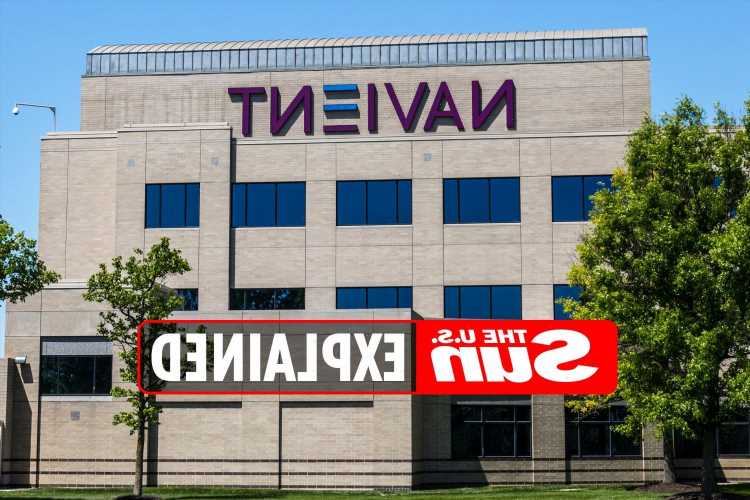COLLEGE graduates may receive loan forgiveness from Navient after they reached a settlement with 39 states.
The settlement comes after the majority of states filed a total of six lawsuits against the company.
Will Navient loans be forgiven?
Navient, now taken over by Aidvantage, is forgiving $1.7billion in student loans for those who received college loans between 2002 and 2010.
The decision was made after 39 states sued the company for $145million. A portion of the amount will be paid to the states for court costs and the remainder will be used to reimburse students.
Navient’s chief legal officer, Mark Heleen told Fortune Education, “The company’s decision to resolve these matters, which were based on unfounded claims, allows us to avoid the additional burden, expense, time, and distraction to prevail in court.”
Once the company receives the final court approval for the settlement, those who qualify for loan forgiveness will be notified.
Who qualifies for Navient loan forgiveness?
The qualifications for a student to receive loan forgiveness from the company will require them to have defaulted on their loans and charged off.
In addition to the existing settlement, another $95million will be used for restitution for about 350,000 federal student loan borrowers who will receive $260 each.
“Qualifying federal loan borrowers who were residents of one of the following states or had an address with a military postal code as of January 2017 will be issued a check in the amount of approximately $260,” Navient told News Channel 8.
According to the attorney general’s office, those who qualify will need to have previously been put in long-term forbearances.
Students won't have to do anything to ensure their loans are canceled and can expect to be notified if they qualify by July 2022.
Why did states sue Navient?
Navient announced in September they would be leaving the student loan business and would be taken over by Aidvantage. The student loans through Navient were automatically transferred to the new company for repayment.
The 39 states and Washington, D.C. sued the loan company for raising interest rates for students to ensure they wouldn't be able to pay back their students loans, prompting them to go into default.
“Navient repeatedly and deliberately put profits ahead of its borrowers — it engaged in deceptive and abusive practices, targeted students who it knew would struggle to pay loans back and placed an unfair burden on people trying to improve their lives through education," Pennsylvania’s Attorney General Josh Shapiro said in a statement.
While the company claims the accusations against them are "unfounded," they agreed to pay out a settlement totaling approximately $1.7billion that will be divided amongst the states that filed the lawsuit.
Most read in US News
HORROR LIFT Shock moment powerlifter's arm SNAPS and bone breaks as she squats 369 pounds
Mysterious 'scared' animal stuns experts who have no idea what creature is
Huge update in missing girl case as cops reveal when she was last seen
Sarah Palin gets Covid AGAIN after saying she’ll get jab ‘over my dead body’
In a statement, Heleen argued that Navient “is and has been continually focused on helping student loan borrowers understand and select the right payment options to fit their needs.”
Despite Navient's claims that there was no wrongdoing, about 350,000 students will still receive student loan forgiveness.
In addition, about 66,000 will receive restitution from Navient, meaning they will receive the money Navient gained by having exceedingly high-interest rates.
In a comment to The New York Times, college graduate Ashley Hardin said, "This has been a long time coming and justice was definitely served."
We pay for your stories!
Do you have a story for The US Sun team?
Email us at [email protected] or call 212 416 4552.
Like us on Facebook at www.facebook.com/TheSunUS and follow us from our main Twitter account at @TheSunUS
Source: Read Full Article





